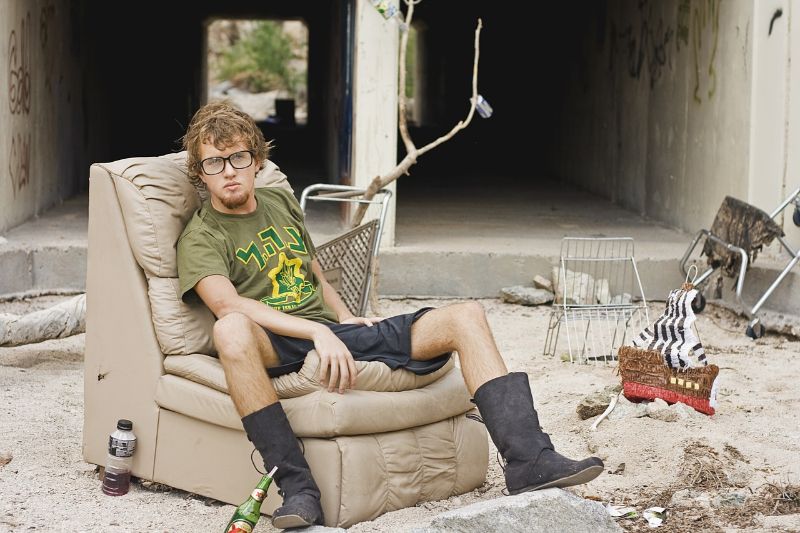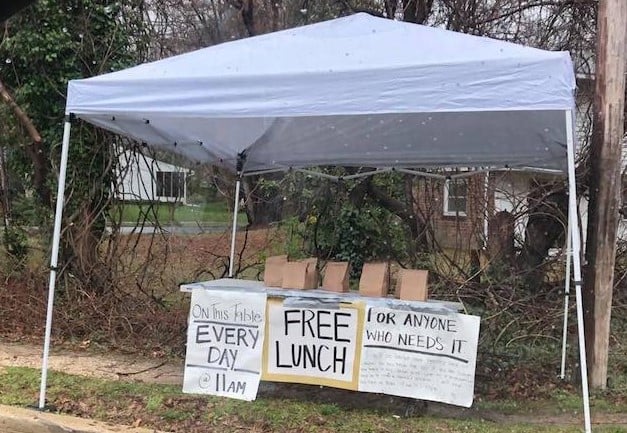Approximately one out of every 121 New Yorkers is currently homeless. The lack of safe and affordable housing is one of the main reasons for the higher levels, which are on par with the levels experienced during the Great Depression. The city’s shelters housed over 60,000 men, women, and children throughout 2019, while about 4,000 people took to the streets to sleep.
We wanted to see what being homeless was really like. To get first-hand experience, we spent 24-hours with Moustafa, a homeless mechanic who came to the United States more than 20-years ago from Mali. Moustafa is a 48-year-old who lost both his home and shop back in 2014. After his landlord increased his rent and he couldn’t pay it, he found himself out on the streets. He currently lives in a community parking lot with about a dozen other homeless mechanics who live and sleep in their vehicles. He was gracious to allow us to spend the entire day and night with him so that we could see what it is like being homeless in New York City.
There were a number of homeless hanging around the parking lot that Moustafa works out of. Some were willing to talk while others quiet and aloof. Many small buses and vans were parked in the lot, some with patios in front of them filled with tools and personal items. Moustafa claims that he often makes about $600 from mechanic work during a good week. That is a far cry from the $3,000 a week that he was making at his own shop. However, the winter months often bring nothing because there isn’t a roof over their lot. His ultimate goal is to save enough money to open up another shop in six months.
Moustafa lives in a small bus after leaving the shelters due to needing “his own space to breathe”. He claims that the shelters often treat you like “animals” and that the rooms are all small concrete pads. He also claims that you are only permitted to bring in two bags of belongings, an issue for someone who has a lot of personal possessions. Moustafa also claims that the shelters don’t check on the health of their inhabitants and that he would rather be on the streets.
One good aspect of living in the lot is the sense of community that is prevalent. While we were there, another mechanic came over to ask Moustafa for help with a fuse. Since there are no bosses to work for, every mechanic there works for themselves. Moustafa helps out his fellow mechanics as much as he can, even taking on the role of teacher.
We were able to check out his living situation after dark. We realized that Moustafa definitely has too many possessions to be able to stay in a shelter. The waiting list for housing in New York has over 260,000 families on it, an option that isn’t feasible for Moustafa. All he can do is save money and hope to open up a shop in the near future. For now, he does his best work in the lot and on his own.







